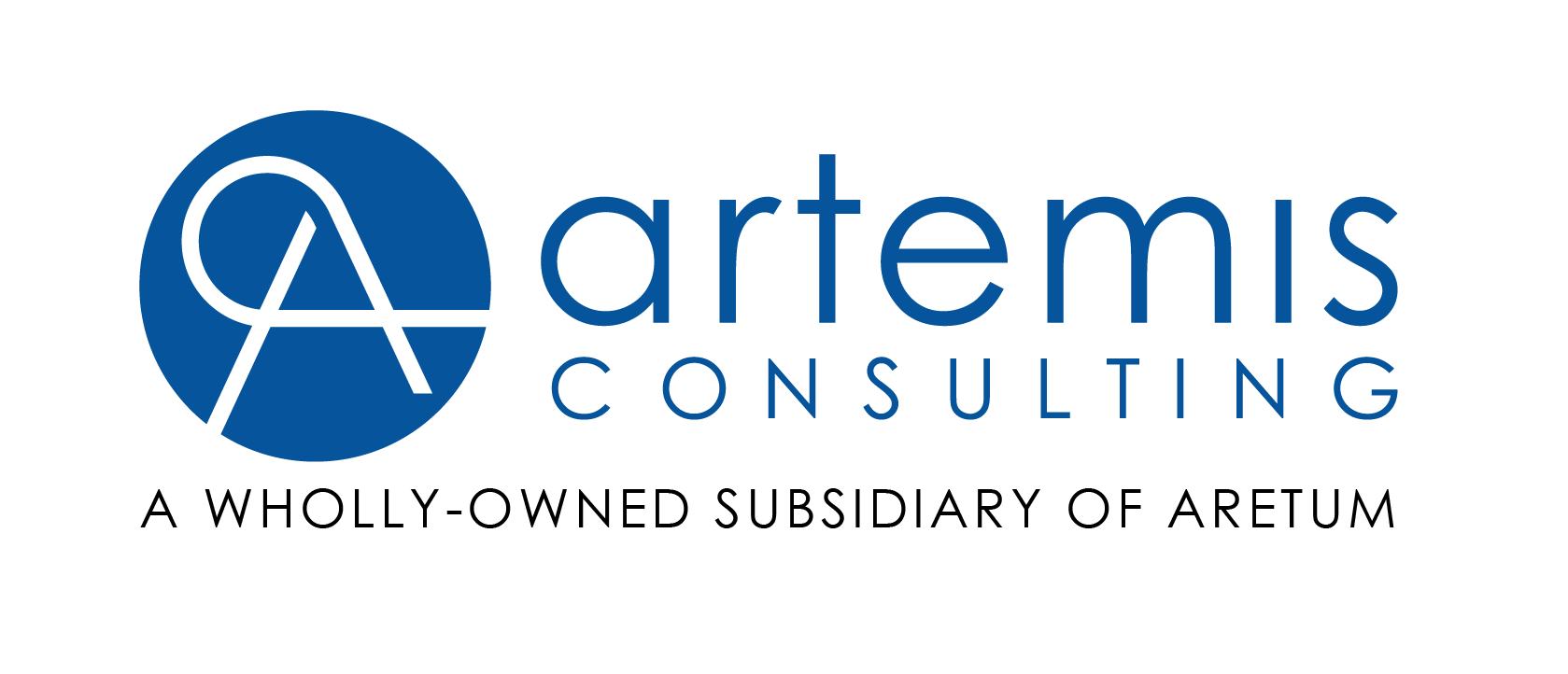
Last month, we described our experience at one of the sessions at the Mobile summit put together by ATARC atarc-mobile-computing-summit. This week, we share some of our insights on other sessions that we enjoyed.
In the Continuous Mobile Integration session, participants began with a general overview of technology integration within the government both traditionally and for mobile development. The discussion quickly evolved into debating the policy and management challenges surrounding the mobile ecosphere—development, testing, user training, budgeting, version control, security, device management, third party and vendor policies, change review, agency integration, and C-level buy-in. The discussion was robust and gave participants a lot to think about. Participants left with an open question about whether Continuous Integration techniques could be applied at the management level to help bridge the gap between traditional IT management structure in which agencies had more time and control over their systems development life cycle (SDLC) process, and the emerging mobile landscape in which external and internal quick-change and turnaround are the norm.
During the Mobile Legacy Government Apps session, participants examined the challenges faced by government agencies in mobilizing legacy applications. They discussed that in terms of cost, there is the need for determining the resources dedicated to not only creating the application but resources for maintaining it as well. ROI is also difficult to gauge since there is not a direct cost-benefit from moving to mobile apps, and the real value comes from recapitalizing white space and regaining enterprise productivity. Additionally, there is also the complexity of load and scale that needs to be considered. Furthermore, participants talked about the lack of mobile compatibility. That is, not every application or feature is compatible for mobile use. End users may want those features on the website to be available through the mobile app even though it is not feasible. Finally, agencies must consider whether it is easier or cheaper to ‘bolt on’ mobile to the existing applications or is it worthwhile to create an application from scratch or use an existing product that can be customized to the agency’s needs.
Check out Artemis Consulting’s blog about the build vs. redesign the website dilemma.
These sessions were cornerstones for government organizations considering adding mobile apps to their arsenal. To many in the government, mobile Apps look like a regurgitation of websites. In fact, what many miss is the complexity, number of decisions, and the considerable effort that goes into building an App that meets an organization’s needs.
